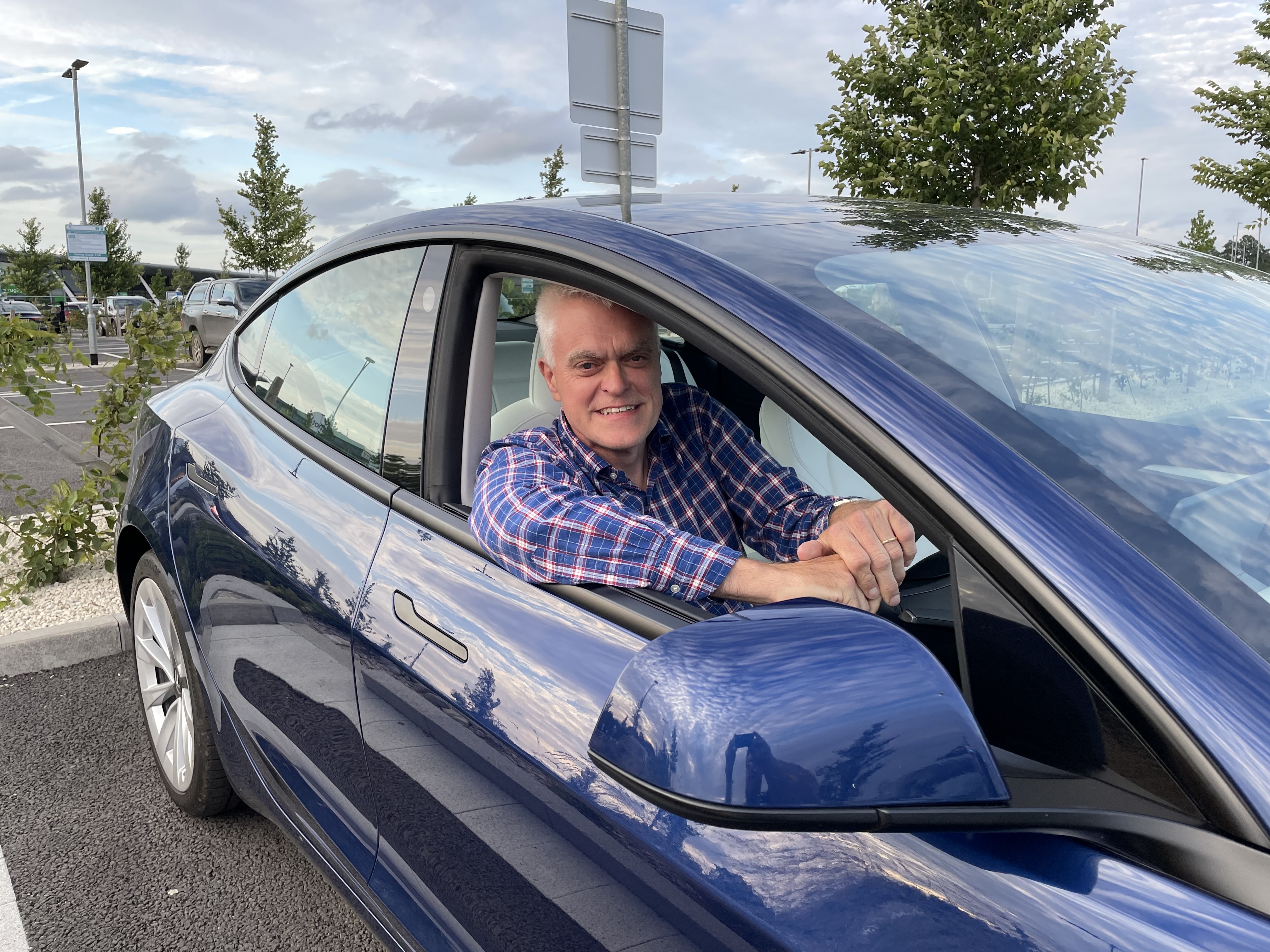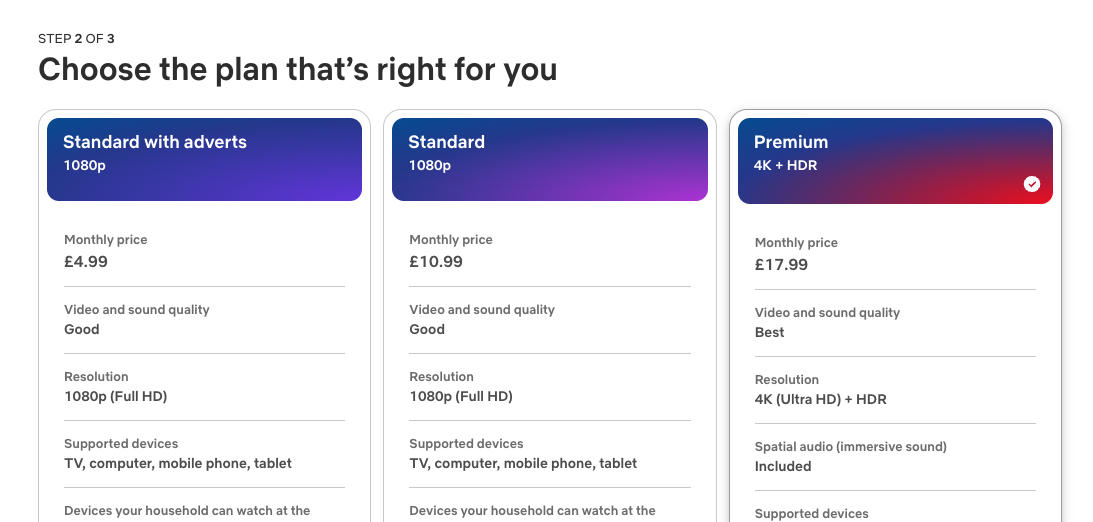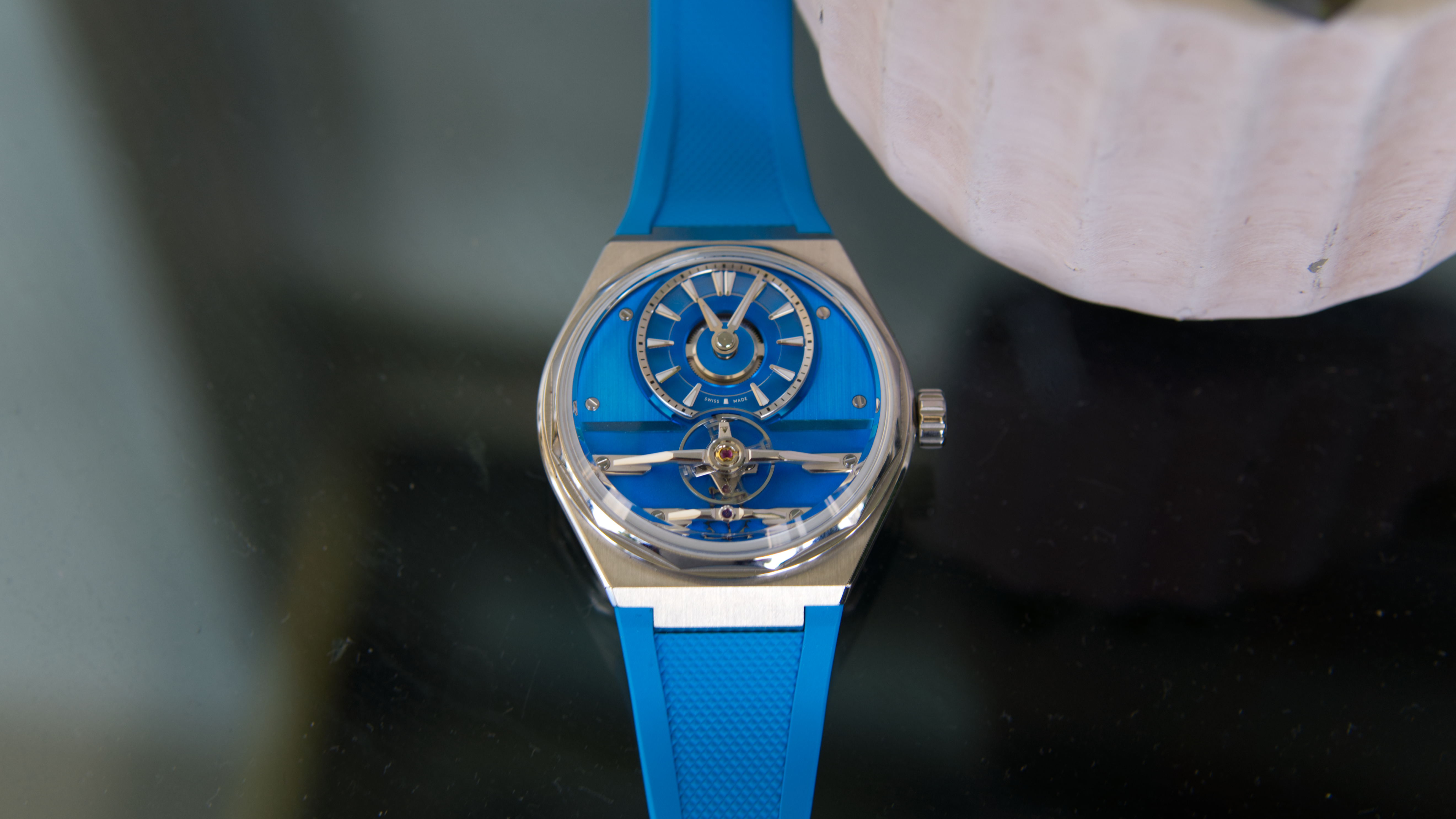

Back in the heyday of broadcast TV, people often used to say the ads were better than the programmes. And they were often right. Masterly crafted mini-stories, like the Hovis Boy on the Bike climbing up Gold Hill in Shaftesbury, or Paula Hamilton discarding her possessions after a break-up only to draw the line at her reliable Golf GTI, are unforgettable treasures.
The 2000s saw creative masterpieces like Honda’s Cog and Sony Bravia’s Balls, and the tradition has continued nearly to the present day in the shape of those eagerly awaited Christmas ads, notably from John Lewis. But these days ads don’t seem there to be enjoyed. Rather, they’re expressly designed to make you pay more for the best streaming service subscription, usually to banish them altogether. The going rate on YouTube for example is from £12 a month. On Amazon Prime it’s £2.99 extra and on Netflix a minimum premium of £6.
The whole system now appears designed to make ads as unpleasant and tedious as possible. They pop up suddenly in the middle of the action, or after you’ve paused for a break. Instead of enjoying a show of creativity, you’re glued to a corner of the screen watching for the ‘skip’ button to appear, or the seconds to count down, for your chosen show to resume.

Netflix and other streaming companies offer cheaper packages with ads
It’s tempting to think that fragmenting audiences, static or declining ad revenues, more diverse consumer tastes or shorter attention spans have fuelled this, and that the change isn’t easily reversible, but I’m not so sure.
Advertising as pollution you have to pay to get rid of doesn’t help anybody. It seems incompatible with the goals of advertisers, crushing to creativity, and boring for the viewer. I think there can and should be a change in attitude and there are some signs it may be starting to happen.
According to a marketing expert I met recently, a viewer who’s willing to sit through ads is actually more valuable to Netflix than someone who chooses the Standard or Premium package without the ads. Surely it would be better to have fewer, better-crafted and carefully positioned commercials.
There are signs Netflix is starting to organise its ad tier accordingly. The tier now reaches over 40 million subscribers globally and Advertising President Amy Reinhard revealed at a presentation earlier this year that the company was bringing its ‘advertising technology’ in-house. “We’re being incredibly strategic about how we present ads because we want our members to have a phenomenal experience,” she said.
Sign up to the T3 newsletter for smarter living straight to your inbox
Get all the latest news, reviews, deals and buying guides on gorgeous tech, home and active products from the T3 experts
Netflix ads could soon be as polished and creative as its best shows. Maybe opting for the ad tier won’t be seen as the cheapskate option, but the one adopted by the savviest consumers who get to appreciate great ads as well as popular programmes. It would then be hard to imagine other streaming services, like Disney + and Prime Video not improving their own ad offer.
There could also be a halo effect on traditional broadcasters, and the commercials they show would improve as well. Maybe even YouTube, whose ads can feel particularly clumsy and disruptive, will deliver a better experience. Ads would then be back to where they once were – the scrumptious filling in a sandwich of great content.
Jon is the main gadget reviewer and presenter for The Gadget Show on Channel Five. He was previously the Producer and Executive Producer of BBC's Top Gear between 1987 and 1999 and had a corner named after him on the Top Gear test track. He launched Fifth Gear for Channel Five and produced the show until 2004. When not presenting Jon enjoys writing. In 2019 Atlantic Books published his first book, Autopia: The Future of Cars, and he contributes regularly to Amateur Photographer magazine.


